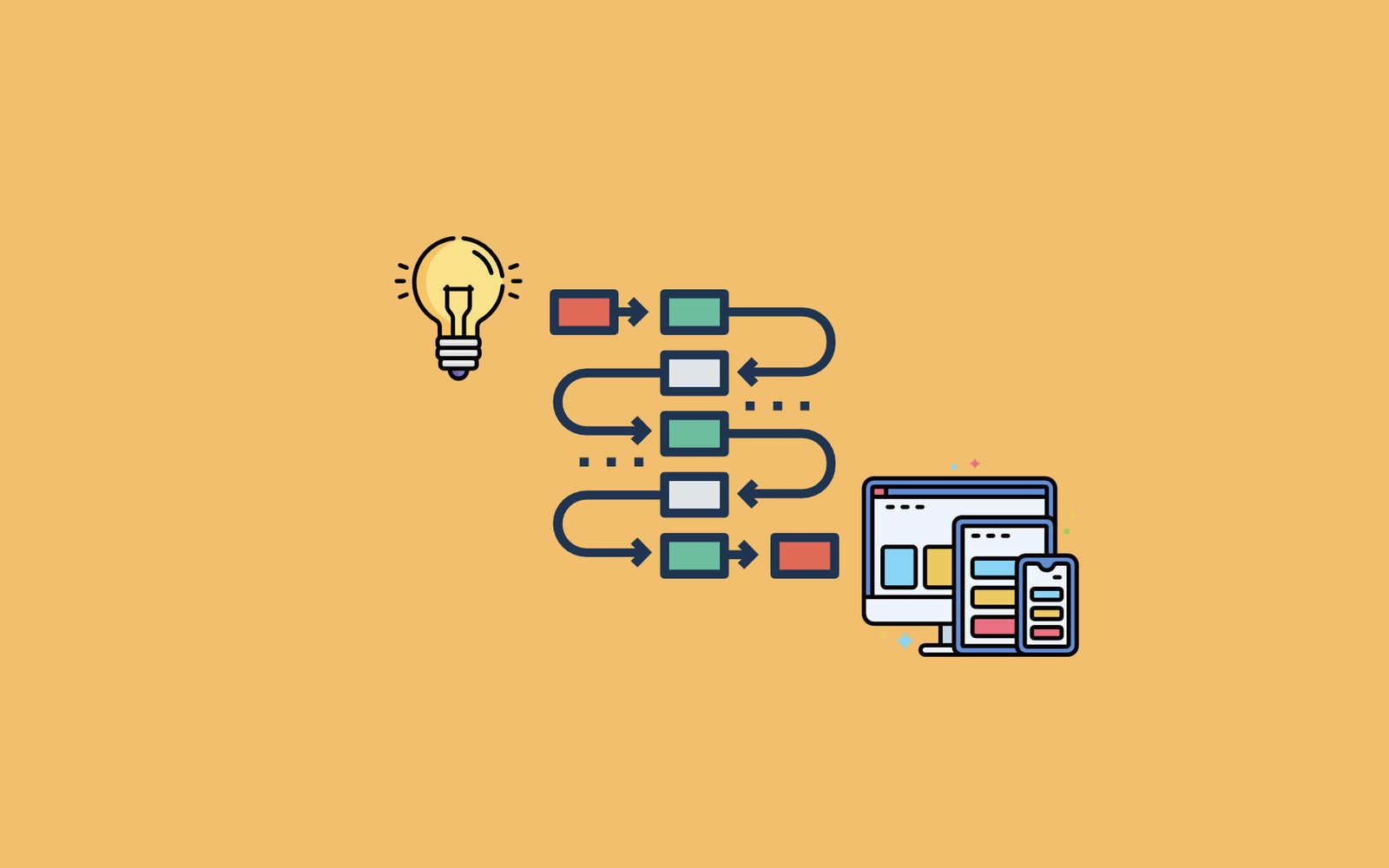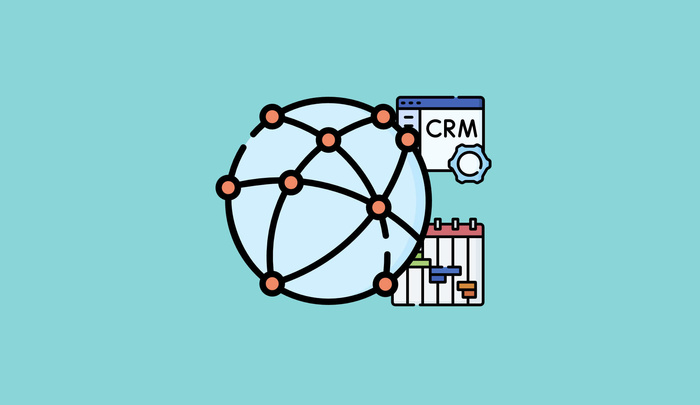
Website development process in 10 steps
Tuesday, 6 june 2023
The process of website development has become a challenging task in today's era, especially if you want to be successful. Creating a successful and effective website isn't just about being skillful. You could have a top-notch website design or technically perfect construction and still not achieve your desired results. The reason for this probably lies in several factors. You will be able to read above them in the following weeks.
In today's time a website is a fundamental base for good business operations for any company, institution, or non-profit organization. It provides credibility to the business and is an excellent marketing and sales channel. However, developing a good website isn't simple. It requires a lot of work, effort, and investment. Likewise, it's essential to find the right partner.
Based on over 28 years of experience in designing and developing websites, we have prepared for you manual for website development process in 10 steps.
1. Market Research and Analysis
Market research and analysis is an incredibly important process that many website owners don't do. They usually start it once the website is already published. Although this is an option, it prolongs the time to achieve good results, so it's better to ensure appropriate research and market analysis from the start. Depending on your services or products and target customer group, it's necessary to explore the market. It's also important to check your competition. You're probably not the only company in your industry, so competitor analysis is mandatory. If you don't have competition in your home market, look at companies abroad.
In this phase, it's advisable to set basic goals for easier performance measurement.
2. Website Structure Planning
Planning the structure of your website is an important step. Here we focus on the architecture of the website, particularly website navigation and content structure. At this point, we also take care of linking various content sections. It's crucial to determine which content should be highlighted and readily available to the user.
3. Design and Style Selection
Choosing the design and style of a website does not mean designing the website, but rather it's a step that needs to be done beforehand. The website must visually reflect the identity of the company. Therefore, it's necessary to carefully and thoughtfully select colors, fonts, and other graphic elements that will harmonize.
4. Content Preparation
We're not exaggerating when we say that the entire website depends on content. Good content is the foundation for a good website. The content itself is key to attract and retain visitors on the website. Through content, you present your expertise and advantages. Content is also essential for:
- Website Design
- User Experience Design
- SEO optimization
5. Website Design and Development
Design and programming, or website development, are combined into one step here, although due to the amount of work, they could be separated into two distinct steps.
For a well-designed website, it's necessary to complete all the previously described steps. They contain important information for website designers. The more useful information they have, the higher the likelihood they will quickly reach the final form. Usually, two versions of the website are prepared: a mobile and a desktop version.
After confirming the website design, the programming phase follows. Here, modern programming languages are used, which help convert the design into a live/functional website. The website is also connected with a CMS system, which allows comprehensive website editing.
7. Testing
This step is crucial to ensuring your website is ready for launch. Check if all the pages and functions load properly and work as planned and anticipated. Test on different browsers and devices to ensure a universal user experience. This phase also includes checking the correctness of the content and basic SEO elements.
8. Publication
Once you're confident your website is ready, it's time to publish it online. To publish online, you must register a domain and have your website hosting sorted.
Website hosting and domain registration
At Kabi, we always manage the website hosting for all our clients and customers on our servers, which are located in carefully protected data centers in Slovenia and Europe. Also, we have been an official domain registrar since 2005.
The website needs to be added to search engines for indexing, so it can be included in the search results list.
9. SEO Optimization
After the website is published, intensive work on SEO optimization begins. We partially take care of SEO optimization in previous stages (technical during programming phase, content during content preparation, and structure planning). The bulk of the work, however, is done post-publication, as it's only then that we see how visitors behave. The website is adjusted based on analytical results.
Remember that SEO optimization is a marathon, and for good results, persistence is key. Once you start dealing with SEO optimization, there's no turning back, especially if you want to achieve long-term results.
10. Maintenance and Updating
The website project doesn't end here. Good websites are regularly updated and well maintained. It's important to update your website with new content, technical improvements and bug fixes. At Kabi, we regularly update and maintain our CMS interface and consequently the websites that we manage. In this way, we ensure our clients to have peace of mind about whether their website is updated or not.
Conclusion
Each step described in this article is like a crucial ingredient that gives flavor to the final dish - your website. Whether it's design selection, user experience design, or optimization for mobile devices, without any of these steps, your website would be lacking something, like a cake without sugar, which most likely won't lead to good results.
Building a website is not just a technological task, but also a creative endeavor that requires strategic thinking, design skills, and technical knowledge. And once the website is launched, the real work begins. SEO optimization, tracking visitor behavior, regular maintenance and updating - these are some of the key tasks that require constant attention and persistence.


